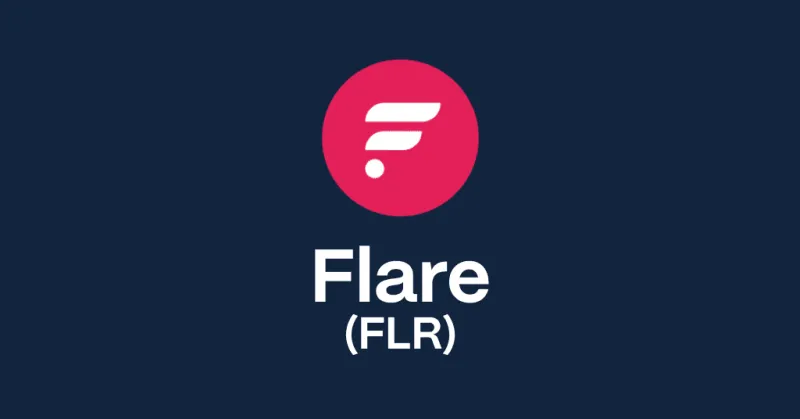Blockchain was first conceived as a distributed ledger solely focused on keeping a record of cryptocurrency transactions, but the technology has since been applied to dozens of other industries. Financial transactions were the original use case, but blockchain has proven useful in areas such as healthcare, logistics, insurance and more.
One of the latest industries to benefit from blockchain is the health and fitness space. These days, more people than ever before are interested in keeping fit so as to maintain a healthy lifestyle and keep diseases like diabetes at bay. Technology can clearly help, and the result has been an avalanche of fitness apps, wearables and tracking devices. Smartphones have played a big part in the adoption of fitness technology, with one study showing that an incredible 3.2 billion fitness apps were downloaded globally in 2016.
The fitness market is growing fast, and recently blockchain developers have discovered that distributed ledger technology can play an important role in it. One of the most obvious applications for blockchain in fitness is providing an incentive for people to be more active, by rewarding them for exercising each day.
There are now dozens of so-called “move-to-earn” apps that motivate people to stay fit with the prospect of cryptocurrency rewards. Lympo is a fitness app that pays users in LYM tokens for engaging in fitness and wellness activities. Users can then spend these tokens in the apps marketplace on fitness-related products and services. Another example is Sweat Economy, which pays out SWEAT coins based on the number of daily steps people take. Those tokens can then be sold on an exchange, or used to participate in prize draws.
A related blockchain technology, non-fungible tokens (NFTs), provides further incentives for people to live more active lifestyles. At this year’s NFT.NYC event, a company called Lost Worlds is introducing the concept of geo-located NFTs that must be “found” at specific physical locations and minted at the spot. The LOST.NYC experience will give NFT hunters the opportunity to get out and about on their feet and search for a variety of NFTs that promise to give them exclusive, behind the scenes VIP access to events at NFT.NYC and other prizes, such as NFT airdrops. Another move-to-earn app, STEPN, will distribute various NFTs around Central Park for participants to discover while they’re out jogging, while DeLabs, the creator of blockchain games DeGods and Y00Ts, is planning to hide geoNFTs at key locations in New York, such as Grand Central, the Empire State Building and Brooklyn Bridge. Throughout the experience, users are motivated to get out and explore the city and hunt for some incredible rewards.
The Lost Worlds experience sounds a lot like the hit mobile game Pokemon Go, and the augmented reality startup Peer builds on that idea with its social media network that’s mapped to the real world. With Peer, users and businesses will be able to place objects within its AR metaverse, encouraging users to explore their cities in person and find them. A restaurant, for example, could place free NFT-based discounts and special offers, giving free meals to those who find them first. Peer can be thought of as a gamified, social media metaverse, and it’s powered by blockchain technology.
Besides incentives, blockchain offers other benefits to the fitness industry. Take Bowhead Health, which is a company that’s using blockchain to help people access and monetize their fitness data. It offers a mobile app that people can use to track their daily exercise activity, the number of hours they sleep, dietary habits and so on. Users can then sell this data to third-party advertisers if they desire.
A different kind of fitness token is FIT, created by the lifestyle metaverse startup Calo Metaverse. FIT can be earned by achieving daily fitness goals, then used to purchase memberships at partnering gyms.
Global Fit Club expands on this idea with a universal gym membership that offers exclusive benefits to users. To become a member, users must purchase an NFT that provides them with free access to real gyms and a library of online fitness classes. Then there’s SuccessLife’s public blockchain network, which allows personal trainers to distribute fitness class content and earn SL tokens when it’s viewed by others. It gives personal trainers a way to retain control of the content they publish and the revenue it earns, without needing to share it with any third-party platforms.
These are just some of the earliest examples of how blockchain is impacting the fitness industry. As the technology evolves, incentivized fitness routines and the ability to own your fitness data will hopefully inspire many more people to live more active lifestyles and benefit from improved health.

 Nikolas Sargeant
Nikolas Sargeant







